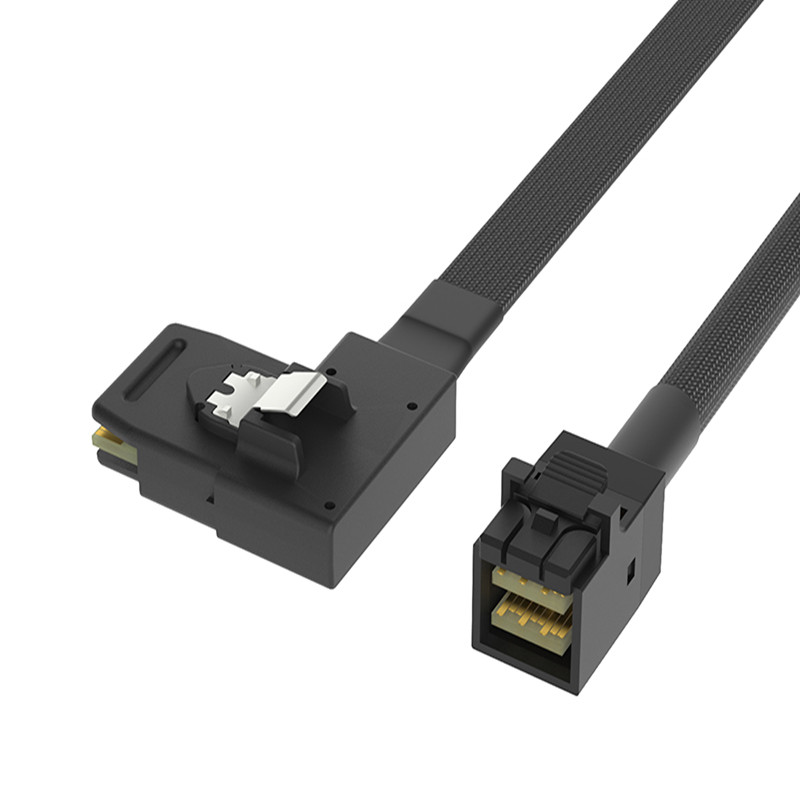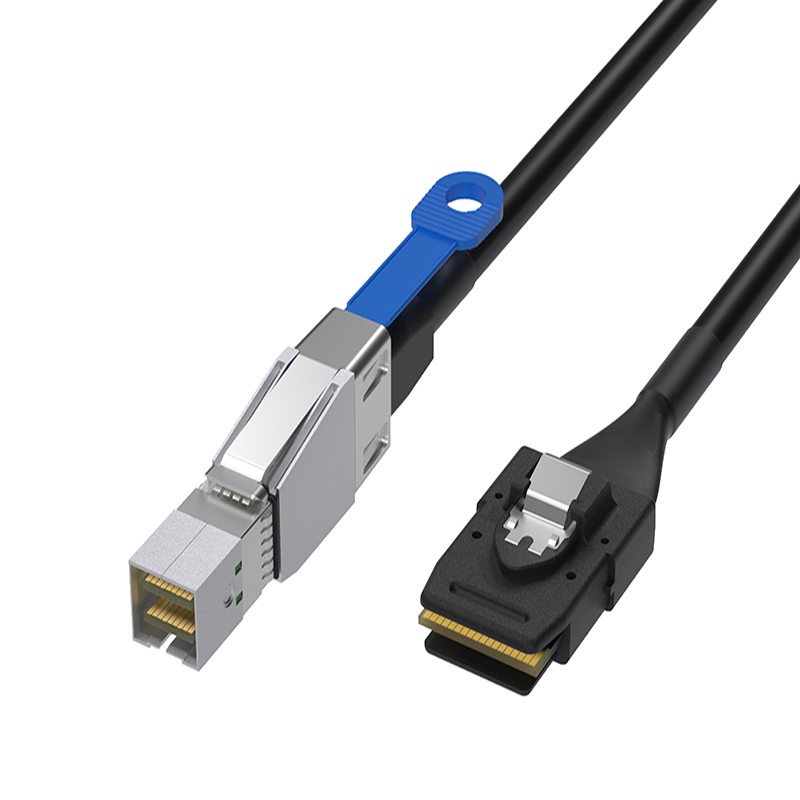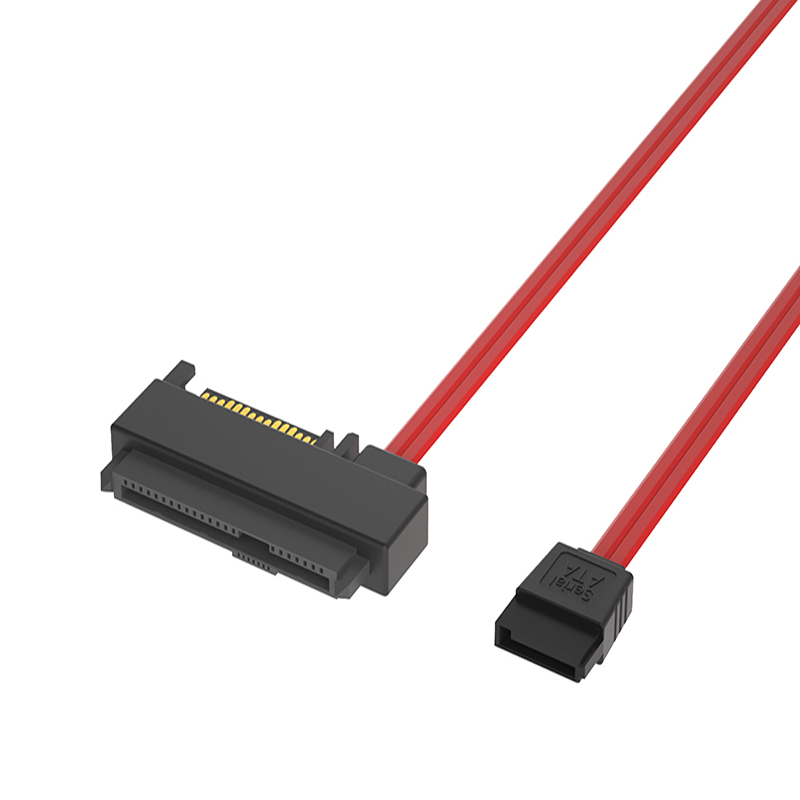In the ever-evolving landscape of data storage and transfer, the significance of efficient and reliable connectivity cannot be overstated. Among the myriad of connectors and ports available, Mini SAS (Serial Attached SCSI), SAS (Serial Attached SCSI), and HD Mini SAS stand out as crucial components in high-performance data environments. In this article, we will delve into the characteristics, applications, and advantages of these port types.
1. Understanding SAS (Serial Attached SCSI)
SAS, or Serial Attached SCSI, is a high-speed data transfer protocol used primarily for connecting storage devices such as hard drives, solid-state drives, and tape drives to servers and workstations. It combines the benefits of SCSI (Small Computer System Interface) with the serial interface, offering increased scalability, reliability, and performance.
Key Features of SAS:
- Speed: SAS supports data transfer rates of up to 12 Gb/s (SAS 3.0), with later iterations like SAS 4.0 promising even higher speeds.
- Compatibility: SAS is backward compatible, allowing users to connect older SAS devices with newer SAS controllers.
- Point-to-Point Architecture: Each SAS connection typically involves a point-to-point link between the initiator (host) and the target (storage device), ensuring dedicated bandwidth.
2. Introduction to Mini SAS
Mini SAS, often referred to as SFF-8087 or SFF-8088, is a compact form of SAS connector designed for space-constrained environments. Despite its smaller size, Mini SAS maintains the high-speed capabilities of SAS, making it an ideal choice for applications where space is a premium. 
Types of Mini SAS Connectors:
- SFF-8087: Commonly used internally, this connector has a 36-pin configuration, offering four data lanes.
- SFF-8088: Used for external connections, the SFF-8088 features a 26-pin configuration and is often employed in storage solutions requiring external connectivity.
3. HD Mini SAS – Pushing the Limits
HD Mini SAS, also known as SFF-8644 or SFF-8643, represents the latest advancement in SAS connectivity. It builds upon the foundation laid by Mini SAS, introducing a smaller form factor and enhanced performance capabilities. 
Notable Features of HD Mini SAS:
- Compact Design: With a smaller footprint than Mini SAS, HD Mini SAS is well-suited for applications where space optimization is critical.
- Increased Data Throughput: HD Mini SAS supports higher data transfer rates, reaching up to 24 Gb/s (SAS 3.2), making it ideal for bandwidth-intensive tasks.
- Enhanced Flexibility: The connector design allows for more flexible cabling options, contributing to improved cable management.
4. Applications and Considerations
- Enterprise Storage: SAS connectors find extensive use in enterprise storage solutions, providing a reliable and high-performance connection between servers and storage devices.
- Data Centers: Mini SAS and HD Mini SAS are frequently employed in data center environments where efficient cabling and high-speed data transfer are paramount.
- External Storage Arrays: SFF-8088 and HD Mini SAS connectors are commonly used for connecting external storage arrays, facilitating fast and reliable data exchange.
5. Conclusion
In the fast-paced world of data management, the choice of connectors plays a crucial role in determining the efficiency and reliability of the entire system. SAS, Mini SAS, and HD Mini SAS represent milestones in the evolution of data connectivity, offering a range of options to meet the diverse needs of modern computing environments. As technology continues to advance, these connectors will likely play an even more significant role in shaping the future of data storage and transfer.
Post time: Feb-21-2024






